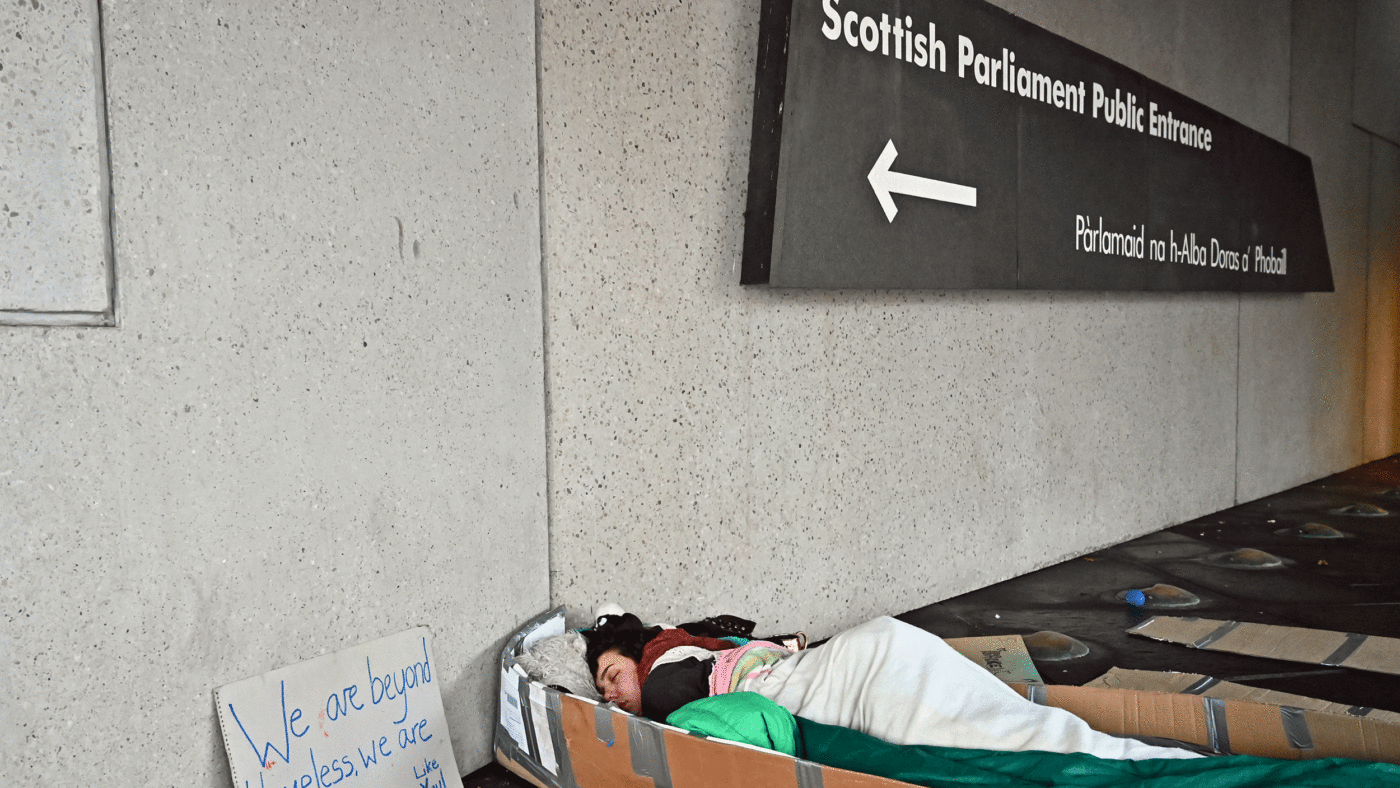There is a saying about economists – that if you put ten of them in a room, you will get 11 opinions. Consensus amongst economists is reserved only for the most obvious, well-evidenced truisms. Yet, in a survey of 41 American professors of economics, only one had anything positive to say about rent controls. So why do politicians keep trying them?
When asked about whether rent controls have any positive impact, Richard Thaler, the former President of the American Economic Association, answered, ‘Does the sun revolve around the earth?’ Indeed, their effects are so catastrophic that most American states make it illegal for their cities to pass legislation introducing them. And disdain for rent controls is not a purely American phenomenon. The Swedish economist Assar Lindbeck, former chair of the committee for the Nobel prize in economics, once said that, ‘rent control appears to be the most efficient technique presently known to destroy a city – except for bombing.’ The evidence base stretches far and wide: rent controls have been tried and failed all across the globe over the last century. They have shrunk the rental market and left thousands without a place to live in San Francisco, New York, Finland, Sweden and, now, also in Scotland.
Rent controls were announced by Nicola Sturgeon in September of last year. Initially, rent increases were banned outright. Those controls were weakened in March, instead capping rent increases at 3% per year. And yet, despite – or, perhaps, because of this – the costs of rent in Scotland have spiralled, increasing by 12.7% over the last year. Edinburgh has had it particularly bad, with rents there increasing by 14%. Indeed, a few days ago, Edinburgh City Council announced a ‘housing emergency’ on account of increasing private rental costs and levels of homelessness, as well as a lack of affordable housing: all classic examples of the consequences of rent control measures.
Counter-intuitively, rent controls often result in higher rents, as landlords seek to recuperate the costs incurred by them. Sturgeon’s legislation forbade landlords from raising rent throughout the span of the letting contract. Knowing that they would be unable to raise rent later, landlords reacted by charging more upfront. A 2000 study of the rental market in New York found that the tenants of rent-controlled apartments actually paid up to $44 per month more on average than other tenants, as landlords overcompensated for rent controls with higher initial levels of rent.
The SNP recently sought to address this ‘loophole’ by limiting rent increases regardless of whether a landlord takes on a new tenant or produces a new contract. But this will only make things worse, as landlords, unable to cover their expenses with rents, will simply choose to sell up or even leave their homes empty. This has already happened in San Francisco where, at one point, a twelfth of all homes stood empty as a result of rent controls.
Those tenants who do find a place to stay are then reluctant to move out, in the knowledge that, if they do so, their rent will no longer be locked in. As such, rent controls have an abysmal effect on labour mobility. Among others, a 2007 study of rent controls in Massachusetts writes that, ‘artificially low rents reduce the mobility of the population [and thus] impose inefficiency’. The importance of this should not be underestimated. Between 1964 and 2009, economic growth in the US has been hampered by 36% as a result of it being unaffordable for people to move to where they could be most productive; a loss of some $5trn for the US economy.
Rent controls also do wonders to disincentivise build-to-let, rapidly leading to housing shortages. Long-term investment seems much riskier in a regulatory climate where you think that there is a real possibility of your income being capped by government decree. In New York, following the introduction of rent controls in 1969, the number of new dwellings getting built decreased by over 70%. A similar story happened in Finland; rent controls there were abolished in the 1990s, and, since then, Finland has doubled its housebuilding numbers. In the same timeframe, the UK’s housebuilding numbers have barely changed.
But the most famous effect of rent controls, and a direct cause of Edinburgh’s record homelessness levels – 1.4% of households in Edinburgh are now homeless, as compared to less than 0.4% nationally – is that they make it increasingly difficult for a prospective renter to find a place to let. The most notorious example of this is Sweden. If you are hoping to find a place to rent in Stockholm, you are likely to wait over 11 years until you find one. Indeed, some in the Swedish capital wait for as many as 30 years. This, naturally, leads to a black market. In Finland, prior to the abolition of rent regulation, it was common for renters to pay extra ‘off the books’ just to secure a place to stay. Those not so lucky to find a landlord they could bribe were left without a place to stay, as the number of people looking for a place to rent far outstripped the number of properties available.
This is, of course, deeply unjust. Rent caps arbitrarily distinguish between those lucky enough to find a place to rent in a shrinking market and those who don’t; the former get a discount on their rent – or, more likely, pay more upfront – and the latter end up with nowhere to live.
Edinburgh is just another example in a long line of failed attempts at demand-side solutions to housing shortages. Alas, this is little comfort to the 3,300 families in Edinburgh that have been made homeless by poor public policy.
Click here to subscribe to our daily briefing – the best pieces from CapX and across the web.
CapX depends on the generosity of its readers. If you value what we do, please consider making a donation.


